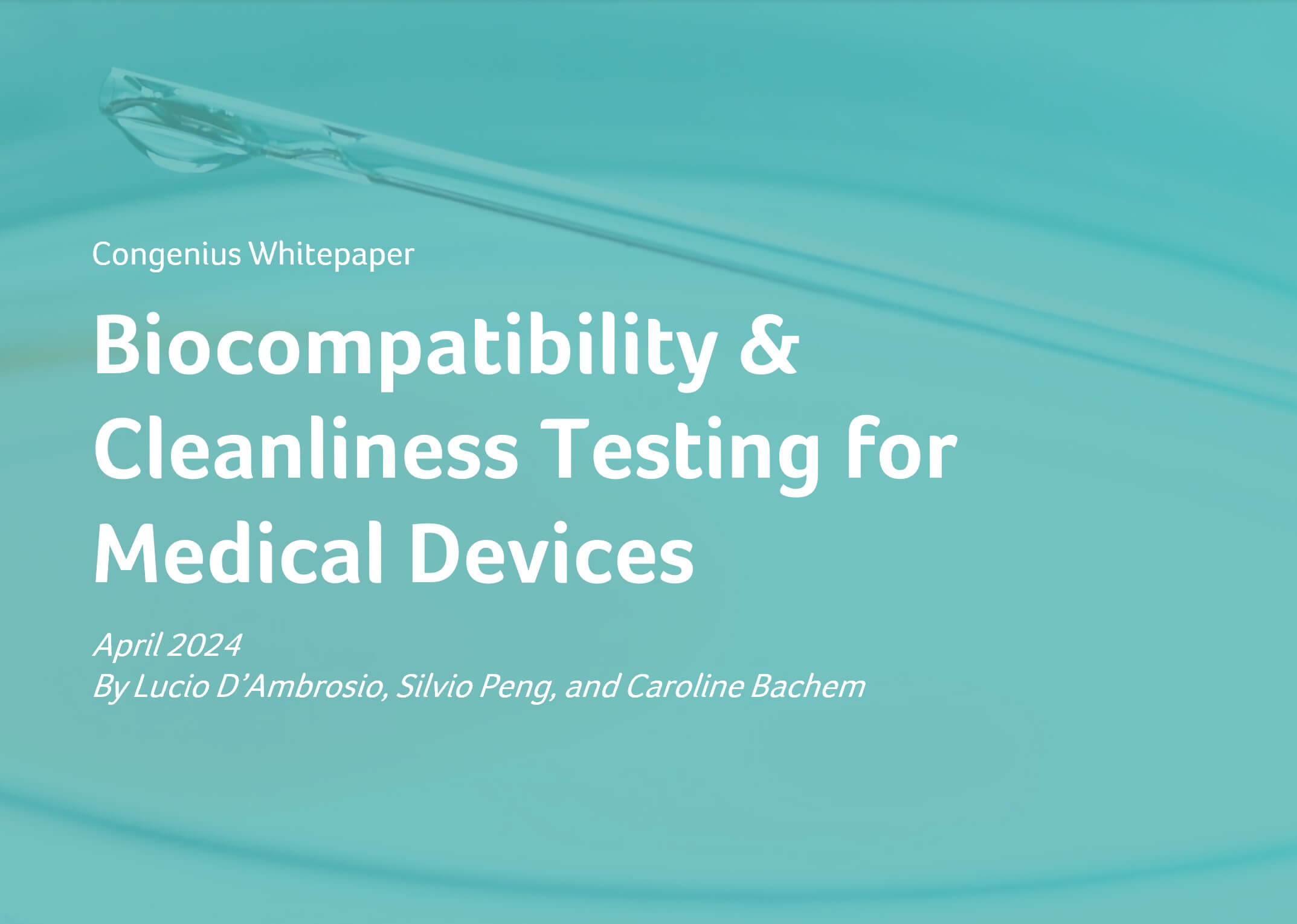In the realm of medical technology and innovation, the development and production of safe and effective medical devices is of paramount importance. Ensuring the well-being of patients and users requires a comprehensive understanding of various factors that contribute to the performance and safety of these devices. Two critical aspects that are often discussed in this context are biocompatibility and cleanliness.
Whilst these terms might seem similar, they represent distinct concepts that play unique roles in the assessment and regulation of medical devices. Medical device developers and manufacturers must prioritise both biocompatibility and cleanliness to uphold the highest standards of patient care and safety. However, with a plethora of testing philosophies, test methods, and no globally defined limit values, combining biocompatibility and cleanliness testing can prove difficult. Furthermore, it is often the case that manufacturers and suppliers have a different understanding regarding the requirements for cleanliness levels.
Brought to you by our Operations team, the free whitepaper below elucidates the relationship between biocompatibility and cleanliness, highlights the key differences between the concepts, and sheds light on their significance in the field of medical devices.
You can access the full whitepaper at the download button below.
To discover more about our Operations services, see here, and should you have a biocompatibility challenge, please do get in touch.

